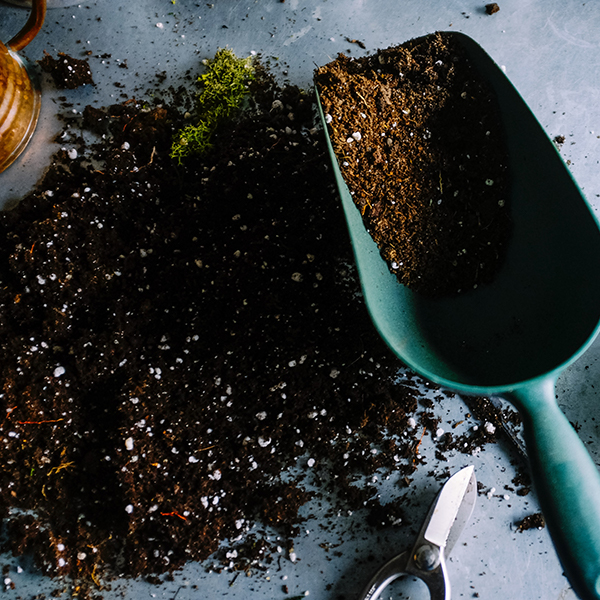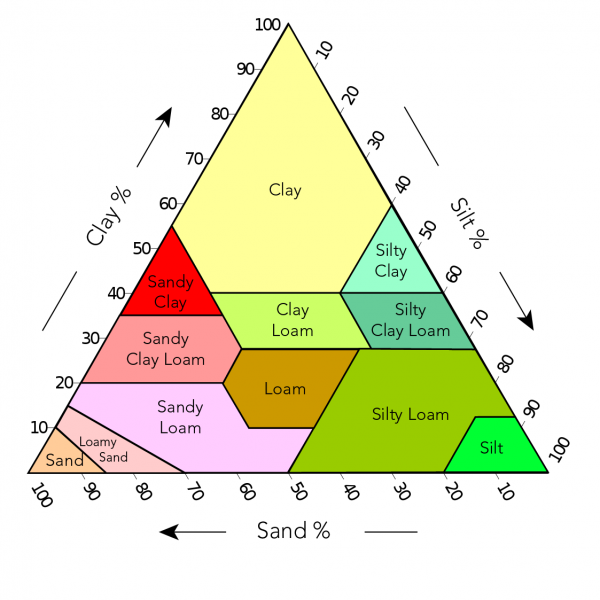What is Soil?

Scoop of potting soil (Neslihan Gunaydin, Unsplash)

Scoop of potting soil (Neslihan Gunaydin, Unsplash)
5.8
How does this align with my curriculum?
NU
3
K-6 Science and Technology Curriculum (NWT, 2004)
Earth and Space Systems: Soils in the Environment
YT
3
Science Grade 3 (British Columbia, June 2016)
Big Idea: Wind, water, and ice change the shape of the land.


